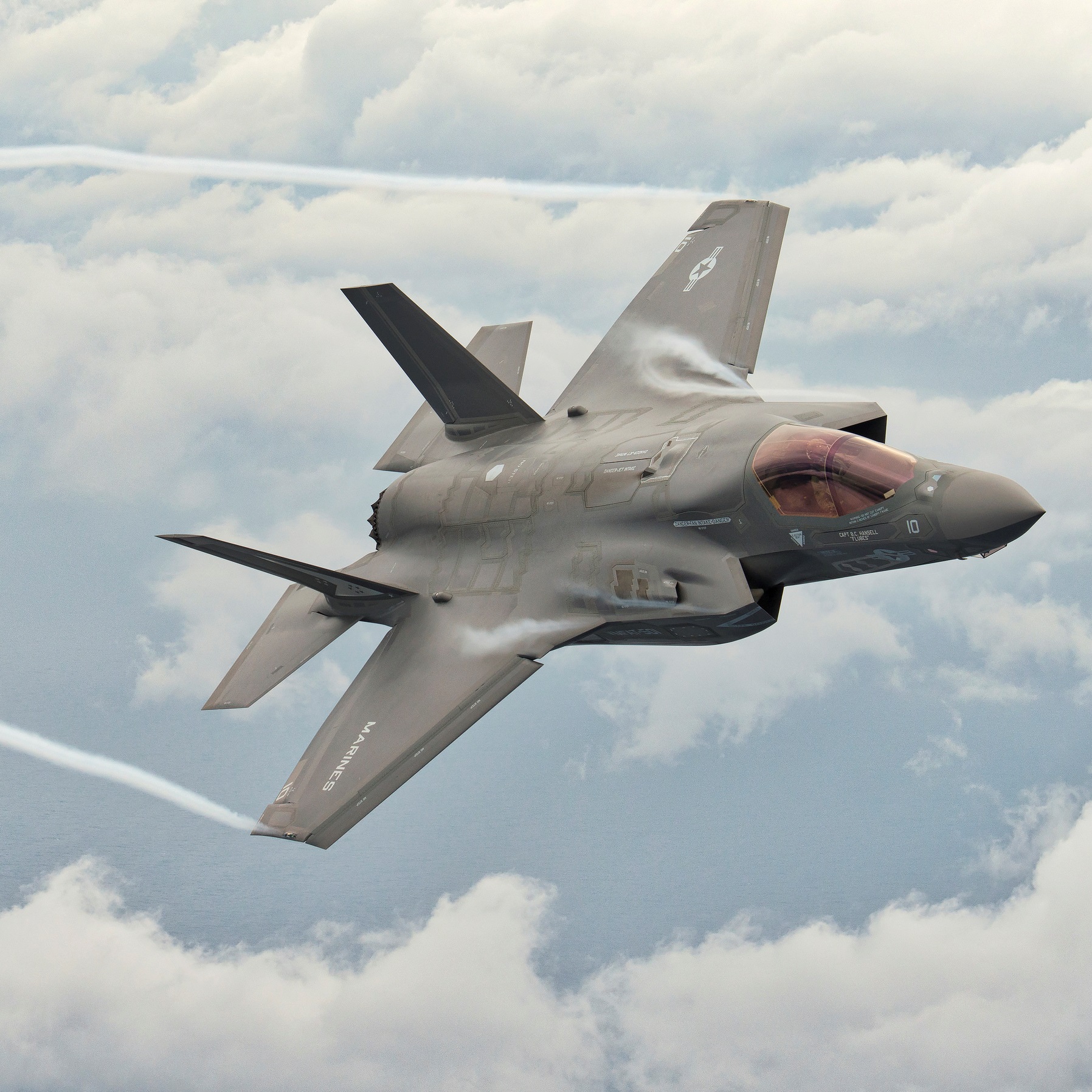Consumer Electronics
The Defense Industry Also Showed Up at the Paris Air Show

Published:
Last Updated:

While the biennial Paris Air Show was dominated this year by news of commercial airplane sales by Boeing Co. (NYSE: BA) and Airbus, most of the major U.S. defense contractors also showed up, as did military leaders from many countries wanting to talk about buying weapons and forming partnerships between the companies and the governments.
The highlight of the show might have been the flying demonstration of Lockheed Martin Corp.’s (NYSE: LMT) F-35 Lightning II Joint Strike Fighter. Defense One has a video of the flight on its Facebook page.
But the Paris show is more a networking opportunity than a place to ring up sales. An executive with the Aerospace Industries Association said:
I’ve talked to a lot of our member companies who report that they’re having excellent dialog with both international potential partners on business and also with our prime [contractors]. We got a pretty good amount of policy work done here.
Most notable among U.S. no-shows was Northrop Grumman Corp. (NYSE: NOC), which has skipped both the Paris and Farnborough shows for the past five years. One new wrinkle this year was the number of U.S. state governments sending representatives.
For example, Oklahoma, home of Tinker Air Force Base, which is a major military logistics hub and a large American Airlines maintenance facility, was looking to attract more foreign firms to do production work in the state.
Defense firms often do deals at the fall shows in the Middle East and are probably expecting a better-than-usual year following President Donald Trump’s criticism of NATO partners that aren’t spending enough on defense. The 28 members of NATO agreed in 2014 to increase spending on defense gradually to 2% of each country’s gross domestic product (GDP). As a group, NATO defense spending last year totaled $918 billion.
As a percentage of national GDP, the United States spent 3.61% ($664 billion) on defense last year. The United Kingdom spent $60 billion (2.17% of GDP), France spent $44 billion (1.79% of GDP) and Germany spent $41 billion (1.2% of GDP). In addition to the United States and the United Kingdom, only Greece (2.36%), Estonia (2.18%) and Poland (2.01%) meet the 2% spending target.
For now, though, predicting more defense spending is more like reading the tea leaves than like looking at a defense contractor’s order book.
If you’re one of the over 4 Million Americans set to retire this year, you may want to pay attention.
Finding a financial advisor who puts your interest first can be the difference between a rich retirement and barely getting by, and today it’s easier than ever. SmartAsset’s free tool matches you with up to three fiduciary financial advisors that serve your area in minutes. Each advisor has been carefully vetted, and must act in your best interests. Start your search now.
Don’t waste another minute; get started right here and help your retirement dreams become a retirement reality.
Thank you for reading! Have some feedback for us?
Contact the 24/7 Wall St. editorial team.